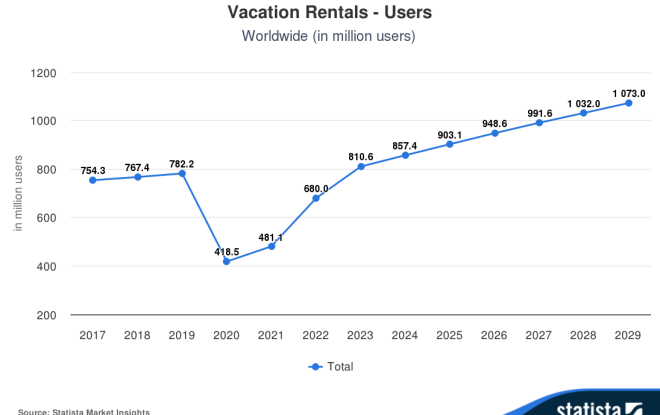Eli Lilly Just Hit a Milestone That Disappointed. Here's Why You Should Still Buy the Stock.
Even a juggernaut like Eli Lilly (NYSE: LLY) can miss the mark sometimes. When it reported its third-quarter earnings on Oct. 30, its share price plunged to the tune of 11% before recovering somewhat, signaling that the market’s reception to its financial performance was strongly negative.
Shareholders discovered that there’s reason to believe that a previously hypothesized risk is now real and that it presents a possible threat to the stock’s prior outstanding performance. Yet the stock is still unambiguously one of the better investments available right now.
Start Your Mornings Smarter! Wake up with Breakfast news in your inbox every market day. Sign Up For Free »
Here’s what happened and why Eli Lilly stock is still worth buying.
First, the bad news: Lilly slightly cut its guidance for 2024. Whereas it previously anticipated bringing in as much as $46.6 billion in sales, it’s now only expecting a max of $46 billion. The reduced guidance for earnings per share (EPS) was even more concerning, with the new high-end estimate of $12.55 where prior guidance called for $15.60 at the high end.
During Q3, Eli Lilly brought in $11.4 billion in sales, up 20% from a year prior, and non-GAAP (adjusted) EPS of $1.18, which was $0.29 less than what the average of Wall Street analysts had estimated. These would normally be considered great results for a pharmaceutical company of Lilly’s (massive) size.
The culprit for the underperformance is where things get interesting. Per management, during the second quarter, wholesalers of its blockbuster drugs for type 2 diabetes and obesity, Mounjaro and Zepbound, essentially loaded up on more doses than there was demand for. Then, during Q3, they didn’t need to buy as many additional doses from Lilly to shore up their inventories, which was a moderate headwind for revenue. Yet at the same time, sales of both medicines were responsible for the lion’s share of the company’s top line, as well as its top-line growth.
Those medicines were in a state of shortage in the U.S. over the last year or so, and have only recently, with the help of billions in manufacturing investments, reached a state of acceptable supply relative to the level of demand from new and current patients. In other words, it makes perfect sense that wholesalers finally purchased more doses than they were able to sell, reversing the high-demand dynamic of the prior quarters.
Still, this new development and the market’s reaction to it means that Lilly has doubtlessly reached a grim milestone. It isn’t that the market for its best-selling drugs is fully saturated and the heyday of growth is over. It’s that the market’s expectations are for the most intense period of that heyday to go on forever, which has now become priced into the valuation of the stock.





Leave a Reply